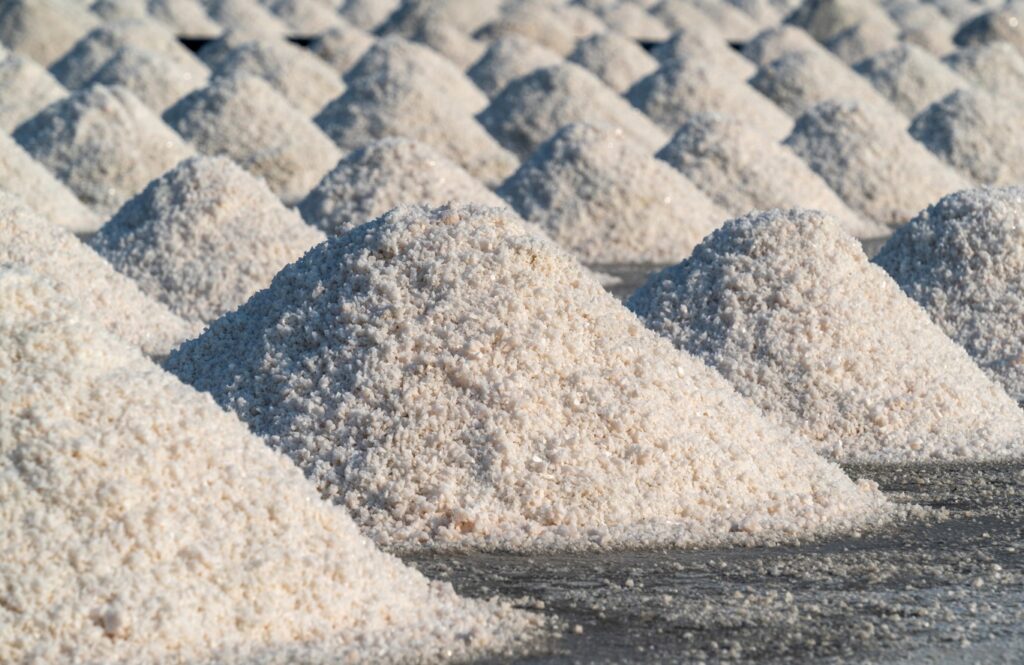
From Sea to Table: The Journey of Salt from Exporter to Consumer
Salt is an essential ingredient in many dishes, and it has been used for thousands of years to enhance the flavor of food. While it may seem like a simple ingredient, the journey of salt from exporter to consumer is a complex process involving several stages.
In this article, we will explore the journey of salt from its source to the table, including the role of salt manufacturers in Gujarat, salt manufacturers in India, and salt manufacturers in Kutch. We will also discuss the process of salt export from India, highlighting the challenges and opportunities in the industry.
Salt Sources in India
India is one of the largest producers of salt in the world, with a diverse range of sources, including salt pans, lakes, and mines. The most significant source of salt in India is the salt pans located in the coastal areas of Gujarat and Tamil Nadu. These salt pans cover an area of over 250,000 hectares and produce more than 70% of India’s salt.
Salt manufacturers in Gujarat are among the largest producers of salt in India. Gujarat has a long coastline, which makes it an ideal location for salt production. The salt pans in Gujarat cover an area of over 130,000 hectares and produce around 60% of India’s salt. The Kutch region in Gujarat is particularly well-known for its salt production, with many salt manufacturers in Kutch producing high-quality salt for domestic and international markets.
Salt Manufacturing Process
The manufacturing process of salt varies depending on the source of the salt. In salt pans, seawater is pumped into shallow, flat-bottomed ponds, where it is left to evaporate under the sun. As the water evaporates, the salt concentration increases until the salt crystallizes and forms a crust on the surface of the pond. The salt is then harvested and washed to remove any impurities.
In mines, salt is extracted from underground deposits using mining equipment such as drilling machines and blasting equipment. The salt is then crushed into smaller pieces and washed to remove any impurities.
Once the salt is harvested or extracted, it is transported to salt manufacturers for further processing. The salt is first washed and then dried to remove any excess moisture. The salt may also be iodized at this stage to add iodine, which is essential for thyroid function.
Salt Export from India
India is a major exporter of salt, with a significant portion of its production exported to countries around the world. The United States, Japan, and the United Arab Emirates are among the top importers of Indian salt.
The process of salt export from India involves several steps, including transportation, quality control, and customs clearance. Salt manufacturers in Gujarat and other parts of India work closely with shipping companies to transport the salt to its destination.
Quality control is an essential aspect of salt export from India. Salt manufacturers in Gujarat and other parts of India ensure that their products meet the international quality standards required for export. The salt is tested for purity, iodine content, and other parameters before it is shipped.
Customs clearance is another critical step in the salt export process. Exporters must comply with various regulations and requirements set by the importing country’s government. This can involve obtaining various certifications, permits, and licenses, which can be a time-consuming and complex process.
Challenges and Opportunities in the Salt Export Industry
The salt export industry in India faces several challenges, including intense competition from other salt-producing countries, fluctuations in global demand and prices, and logistical issues related to transportation and customs clearance.
However, there are also many opportunities for growth in the salt export industry. The demand for salt is expected to increase in the coming years, driven by the growing food industry and the increasing popularity of processed foods. This presents an opportunity for salt manufacturers in Gujarat and other parts of India to expand their operations and increase their market share.
Moreover, salt manufacturers in India have also been exploring new markets for their salt exports, such as Africa, where there is a growing demand for high-quality salt. India has also signed several trade agreements with countries around the world, which have opened up new opportunities for salt exporters.
Another area of opportunity for salt manufacturers in India is the growing demand for specialty salts, such as Himalayan pink salt and sea salt. These salts are becoming increasingly popular among health-conscious consumers who are looking for healthier alternatives to traditional table salt.
Conclusion
The journey of salt from exporter to consumer involves several stages, from harvesting and manufacturing to transportation and customs clearance. Salt manufacturers in Gujarat, salt manufacturers in India, and salt manufacturers in Kutch play a crucial role in this process, producing high-quality salt that is exported to countries around the world. While the salt export industry in India faces several challenges, there are also many opportunities for growth, particularly in new markets and specialty salts. As the demand for salt continues to increase, it is likely that the salt export industry in India will continue to play a significant role in the global salt market.
